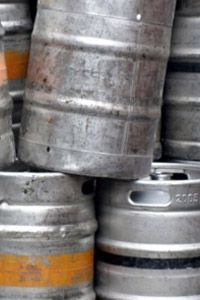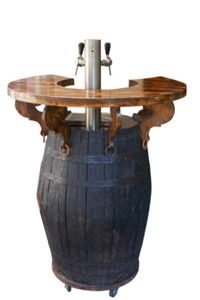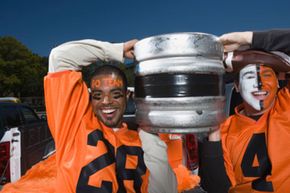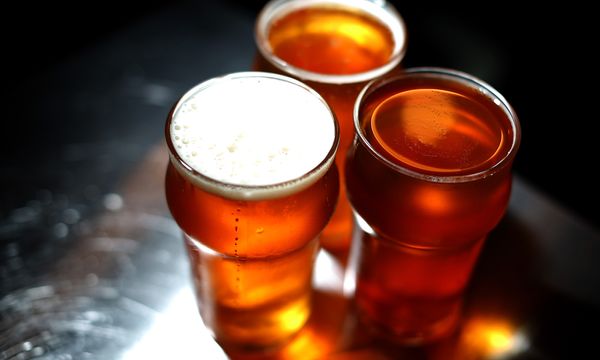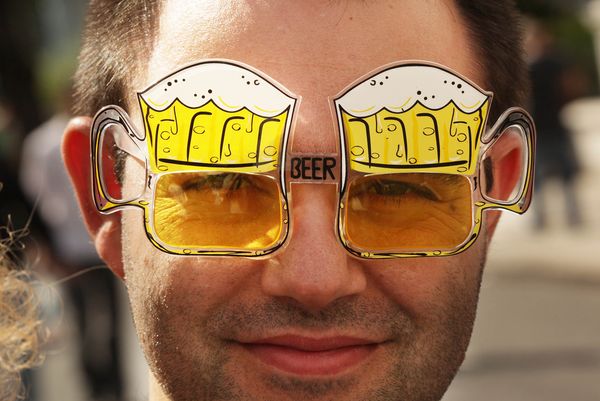Whether it's standing proudly at the center of a party or hiding discretely in the back room of a pub, the keg is the vessel of choice for beer. That's why more than 60 million gallons of beer are sold in kegs every year. It's also why those that know how to tap a keg are invaluable.
Kegs sure are awesome. After all, what better way could there be to move that precious liquid around than in a big, round barrel that can be rolled, stacked and tapped? No need to worry about bottle caps or broken glass; the keg is incredibly durable, requires no cap and is completely recyclable [source: Beer Institute].
Advertisement
But what's going on inside a keg? And more importantly, how exactly does one unlock the golden brown elixir trapped within? While beer bottles are transparent, kegs reveal nothing of the complex and uneasy chemical truce that's been established in their dark interiors, nor of the technology that makes them work.
When we press on the tap of a keg at a party, or when we order up a pint at the bar, we take it for granted that beer will flow forth with just the right proportions of foam, carbonation, coolness and flavor. But the truth is that a great deal of thought has gone into achieving that perfect balance.
Advertisement
